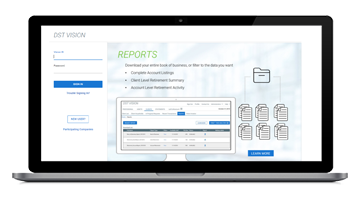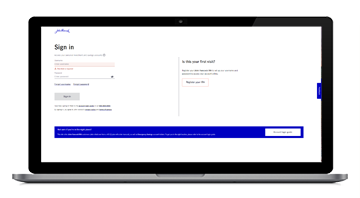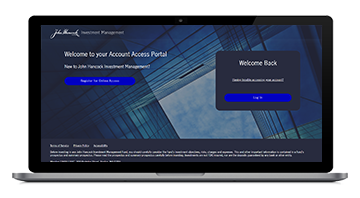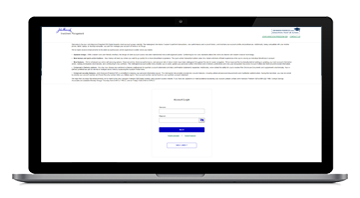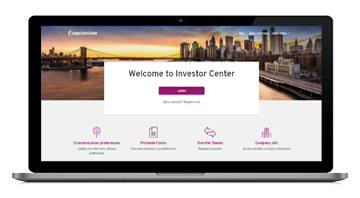The benefits of open architecture target-date funds
As ERISA fiduciaries, plan sponsors are required to offer participants a menu that’s diversified by investment type, but most defined contribution plan sponsors go further and diversify by investment manager, too. Why? Because they recognize that different managers have different, often complementary, strengths. Yet that way of thinking doesn’t always extend to a sponsor’s choice of target-date fund (TDF) manager—which may expose participants to manager-concentration risk.

TDFs are an asset allocation portfolio construction package deal
TDFs have two layers of management: The first is overall asset allocation—the glide path—designed and implemented by the manager of the fund. The second is the TDF’s underlying investments—the managers of a TDF’s stocks, bonds, and other asset classes. This layer can be run by either the TDF manager itself (a single-manager TDF) or be outsourced to managers who may be deemed best in class (a multimanager or open-architecture TDF). When plan sponsors hire a TDF manager for a 401(k) plan, they’re getting a package—two types of management in one investment product.
Although almost half of TDF managers offer open-architecture approaches¹, single-manager funds dominate the market share by assets under management.² But this kind of package deal exposes fiduciaries to certain risks, and there are two reasons why they should strongly consider a multimanager TDF.
When plan sponsors hire a TDF manager for a 401(k) plan, they’re getting a package—two types of management in one investment product.
First, the U.S. Department of Labor (DOL) says so. In 2013, the DOL issued guidance to plan fiduciaries choosing among target-date strategies. In it, the DOL cited the benefits of portfolios populated with multiple managers; namely, that they can diversify “participants' exposure to one investment provider.”2 That means that fiduciaries who choose a single-manager TDF should have a strong reason for doing so, and they should document it. And while the DOL didn’t explicitly warn about it, the manager-concentration risk inherent to single-manager TDFs can create headaches for a fiduciary in the event of a firmwide problem at the TDF manager, such as the unexpected loss of a key person or just bad publicity. Both passively and actively managed TDFs are exposed to this kind of risk.
Second, single-manager funds can become dominated by single investment themes. For example, a growth-oriented mutual fund investment manager may impose a growth bias on all funds under its roof, including those within its TDFs. This works out well when the growth style’s in favor, but when markets shift and growth falls out of favor, investors in a growth manager’s TDFs may find themselves without the diversification that a variety of manager styles can provide. This kind of risk applies mostly to actively managed TDFs.
The TDF tide is turning
Many large-market plan sponsors, guided by investment professionals and ERISA lawyers, have gotten the message. A survey of the Financial Times top 401 plan advisors showed that only 43% of their clients’ target-date assets still reside in traditional, single-manager mutual funds,³ and 33% of the target-date assets advised by the survey’s respondents are now in multimanager mutual funds or collective investment trusts.³
However, given the continued popularity of single-manager funds, as evidenced by their market share, other plan sponsors, perhaps midsize and smaller ones that might not work with a financial professional, may have work to do. But TDF managers see the interest in multimanager funds building, and they’re responding: Nearly half of TDF managers see a multimanager structure as important to TDF growth,⁴ and 75% of TDF managers that have adopted an open-architecture approach report doing so because “participants benefit from asset manager diversification.” Meanwhile, the second and third most commonly cited reasons given by TDF managers for outsourcing underlying fund investment management included limited in-house capabilities in certain asset classes (25%) and the DOL's encouragement for plan sponsors to consider open-architecture target-date products (17%).⁵
Diversification is beneficial for sponsors, financial professionals, and participants
Larger, professionally advised plan sponsors recognize that if manager diversity is good for plan menus, then it’s good for TDFs too. This is because a multimanager, open-architecture approach allows a TDF to incorporate a variety of complementary managers—each with their own style, capabilities, and world view. And because it’s consistent with DOL guidance on avoiding manager concentration, a multimanager TDF may reduce a sponsor’s legal risk. As prudent fiduciaries responsible for a plan design that serves the interest of participants, plan sponsors would do well to consider making open architecture part of their TDF manager selection criteria.
1 2019 Target-Date Fund Survey | PLANSPONSOR, 9/18/19. 2 https://www.plansponsor.com/resarch/2019-target-date-fund-buyers-guide/3/3, 9/18/19. 3 “Opportunities in Target Date Funds,” Ignites Retirement Research, March 2016. 4 The Cerulli Edge. US Retirement Edition. 3Q 2018. 5 The Cerulli Edge. August 2016.
Important disclosures
Diversification does not guarantee a profit or eliminate the risk of a loss.
MF1222883
